Salpa fishing: tricks and secrets on how to fish it
The arrival of spring marks a general revival of sea fishing activities. Mullets, breams and, above all, salps, come out of hibernation and start living at full capacity again, populating the Italian reefs, week after week.
The golden moment is near, so we need to take advantage of it to go fishing again, perhaps with a fixed rod or with a Bolognese rod. However, which prey should you focus on to have the most fun? The answer is very simple: set sail! Let's find out why.
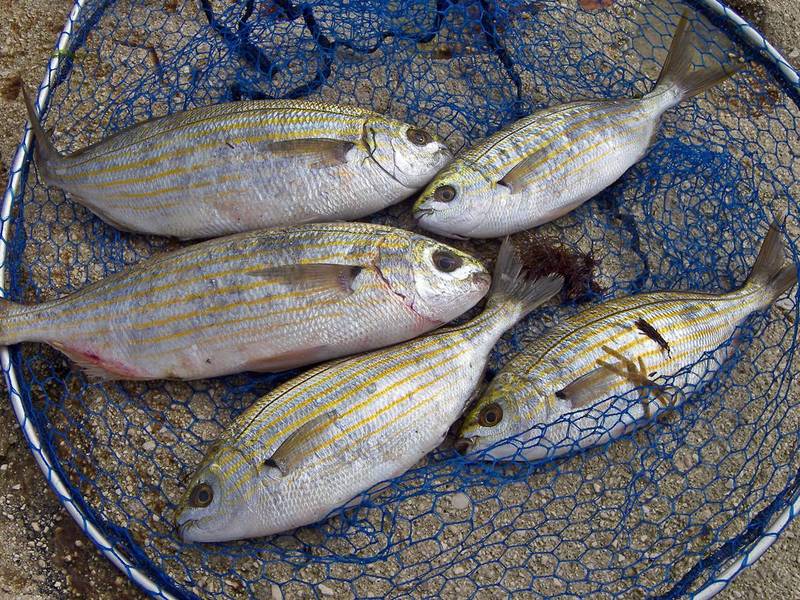
The sail, reef dweller
Among the fish that populate the reefs, the salpa is certainly a common inhabitant, which can be found from north to south. It belongs to the Sparidae family, therefore it has a flattened, slender, almost oval-shaped body.
Its livery is very particular because it is the result of a cross between silver and yellow horizontal lines, which differentiate it from bream or bream, for example. It reaches sizes of up to half a kilogram, therefore it has considerable swimming abilities, made up of sudden sprints and excellent speeds.
It usually moves in mid-water or on the surface. It rarely has the habit of grazing on the bottom. It tends to feed on grass or small invertebrates, sometimes even appreciating maggot. Furthermore, it has particularly sharp teeth, capable of shearing thin terminals, putting even the most experienced fishermen into difficulty.
Unfortunately the haul has a flaw: when you hold it in your hand for unhooking, it has the terrible "vice" of pouring the contents of the intestine onto the unfortunate fisherman. It is therefore necessary to wash your hands often, or use a rag which, however, risks smelling terribly due to the smelly excrement.
It follows that, if you decide to kill it to enjoy its meat at home, you should clean it either on the fishing site or as soon as possible. Failure to clean the intestine, in fact, would compromise the organoleptic culinary qualities of the prey.
Sailfishing with a fixed rod
The most popular sail fishing involves the use of a fixed rod. There are fishermen who also practice hook fishing with the Bolognese, but today we will focus on an ancient technique, which offers particular satisfaction.
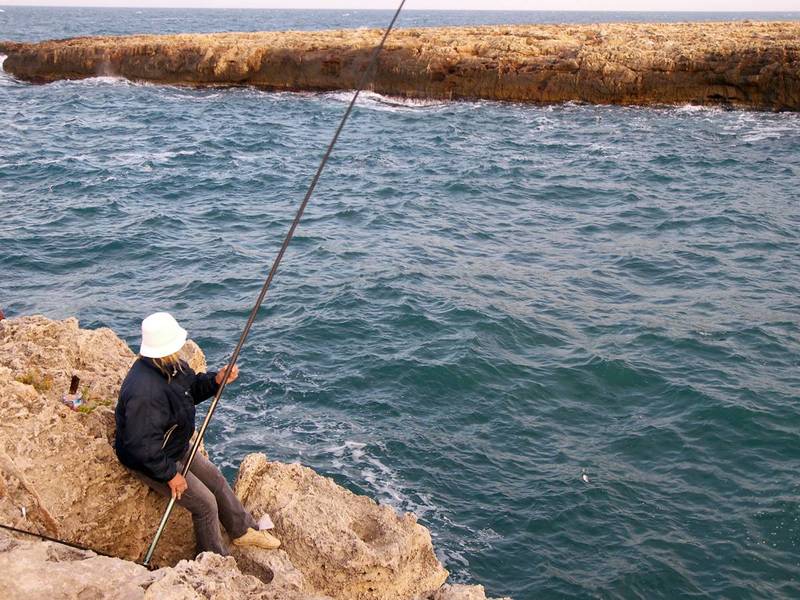
Salpa fishing with a fixed rod can be applied to the most common environment of the spermaid: the reef, both high and low, as long as it is rich in ravines and vegetation (the salpa goes crazy for it). It is necessary to equip yourself with a fixed rod with a rigid action, between 7 and 9 metres, with a hollow carbon tip. The solid carbon tip may be fine, as long as you don't catch the fish on the fly but with the landing net, because the weight of the prey could break the slender tip.
The main line will consist of a 0.18, on which we will slide a 2/3 gram float: carrot-shaped for rough sea conditions, or drop-shaped for calm seas. We will then insert a torpille which will calibrate the float perfectly, therefore it must have a weight of 2 or 3 grams depending on the capacity of the indicator. We will close the beam with a swivel to which we will connect a terminal of approximately 50/70 centimeters of 0.14.
The blasting for sailfishing
The winch has teeth that cut thin terminals, forcing the lines to be remade at each retrieve. To prevent this from happening, competitors created the flashing trick.
What is it about? Simple, child's play. Tie the hook, a long shank 10, with a piece of 0.20. Cut the line about 10 centimeters from the hook. Then a "blood knot" is made between the 0.20 terminal and the 0.14 terminal connected to the beam.
In this way we will create a sort of reinforcement, precisely in the last centimeters which are particularly vital, and prevent the sail from cutting a supported terminal such as the 0.20.
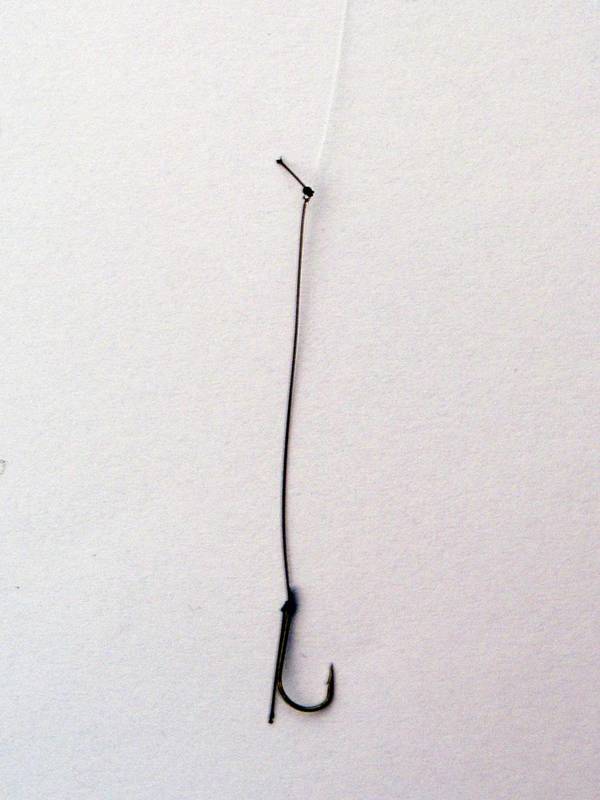
Baits and groundbaits for fishing with a fixed rod
The fishing action takes place by baiting with a specific flour, designed for surface fishing for salp, mullet or bream, based on cheese and fish flour. Among the baits for salpa fishing we include the grass that can be obtained from the rocks (called borraccina in some areas of Italy), or the shrimp, the batter, the bread, the maggot.

Once fishing, you will need to probe and position the float in mid-water. Subsequently, it will be necessary to graze to bring the herd closer to the area of operation. At the beginning there may be chestnuts, glances, boobies... be patient.
The salps are always active, so they will not fail to attack your bait. When you strike, you will immediately feel a powerful start, with a very fast escape that makes the rod vibrate. Here, it's her, the sail!

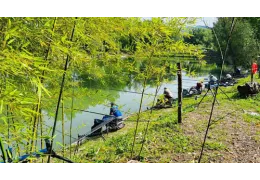
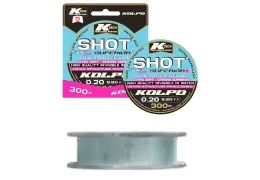
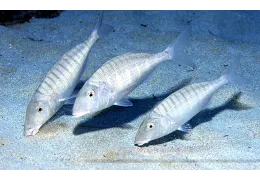
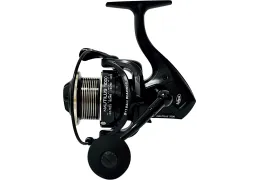
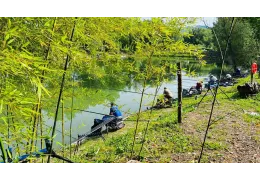
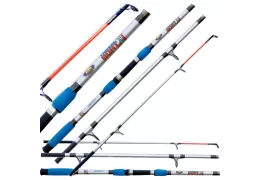
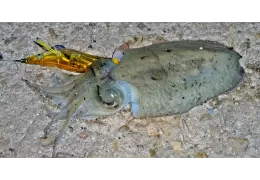
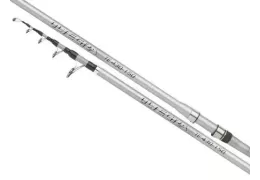
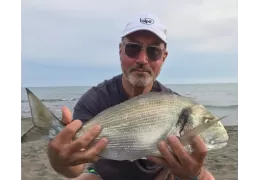


Leave a comment
Log in to post comments